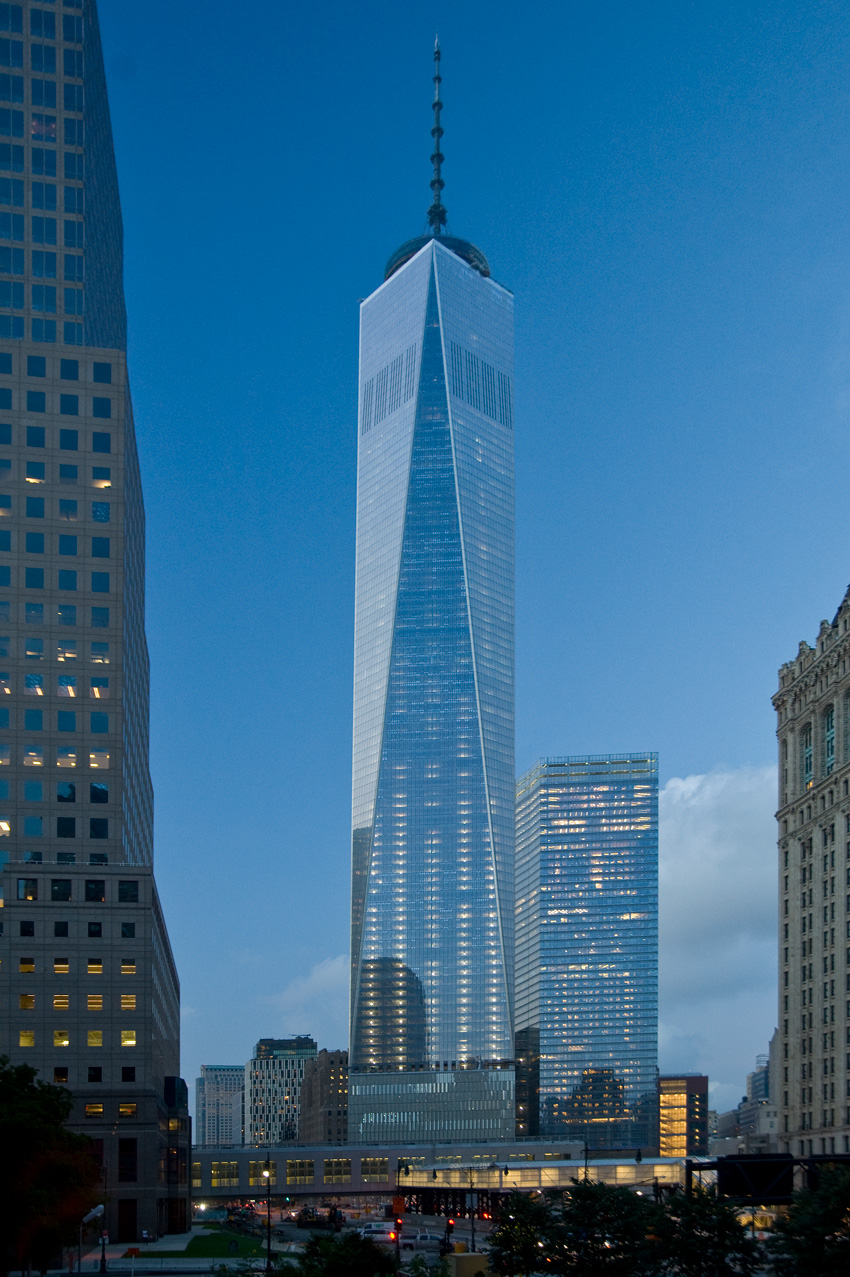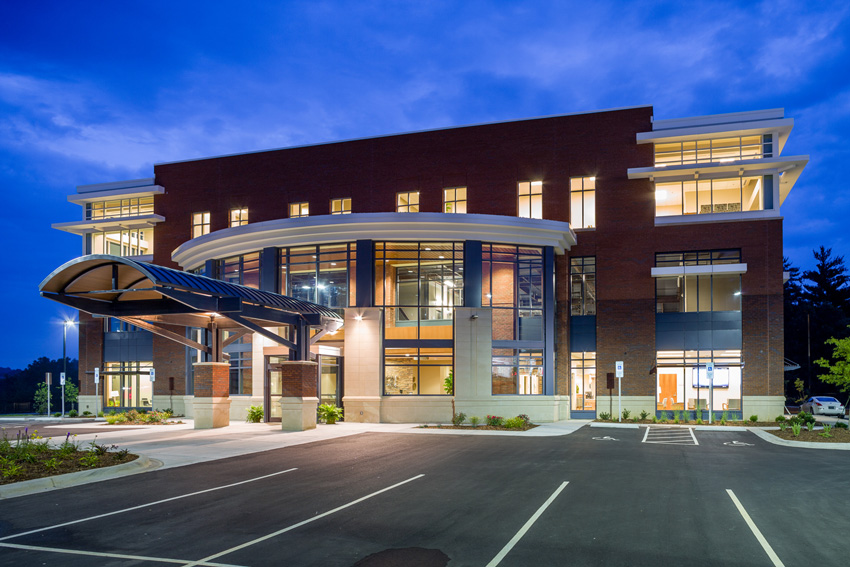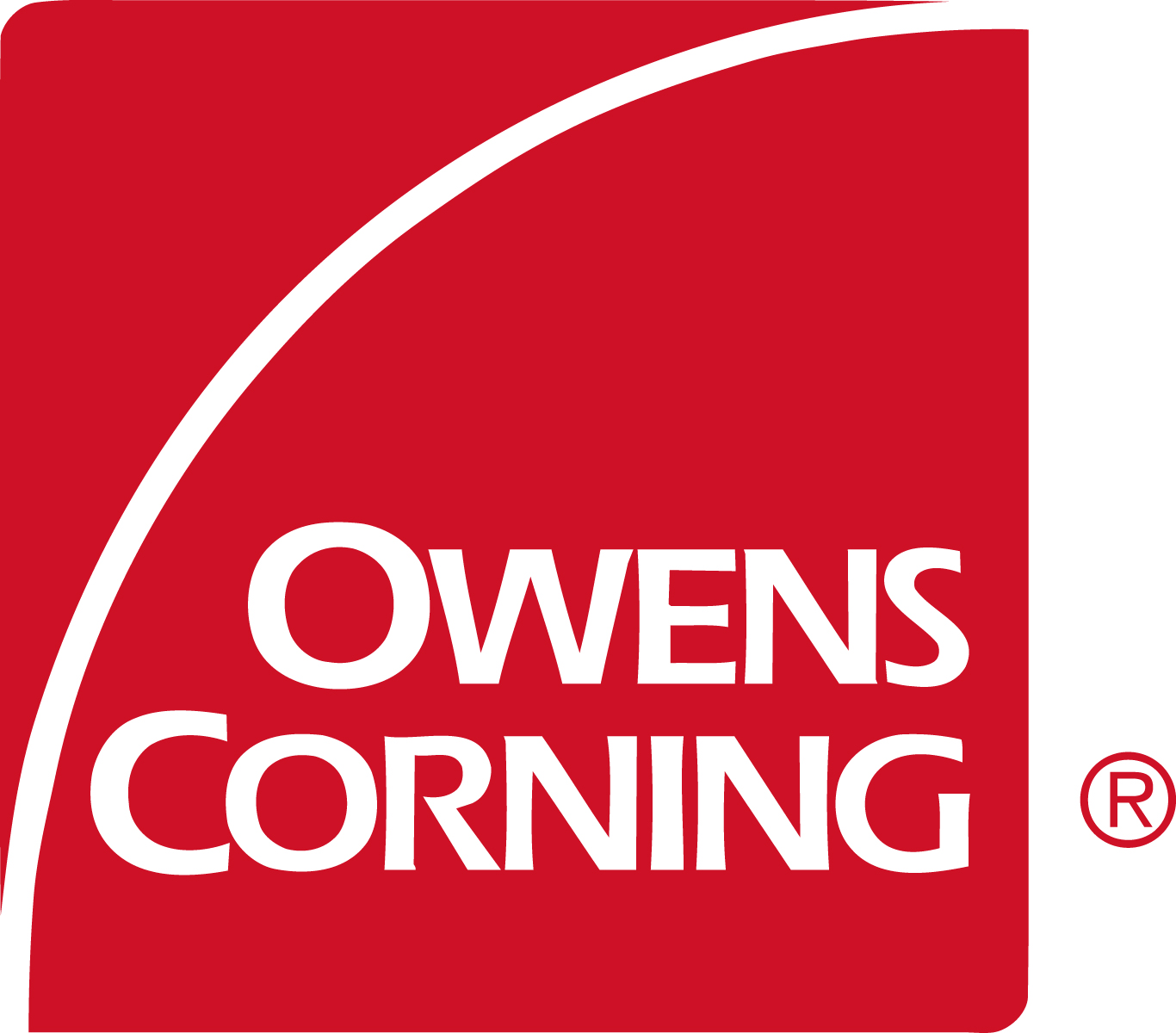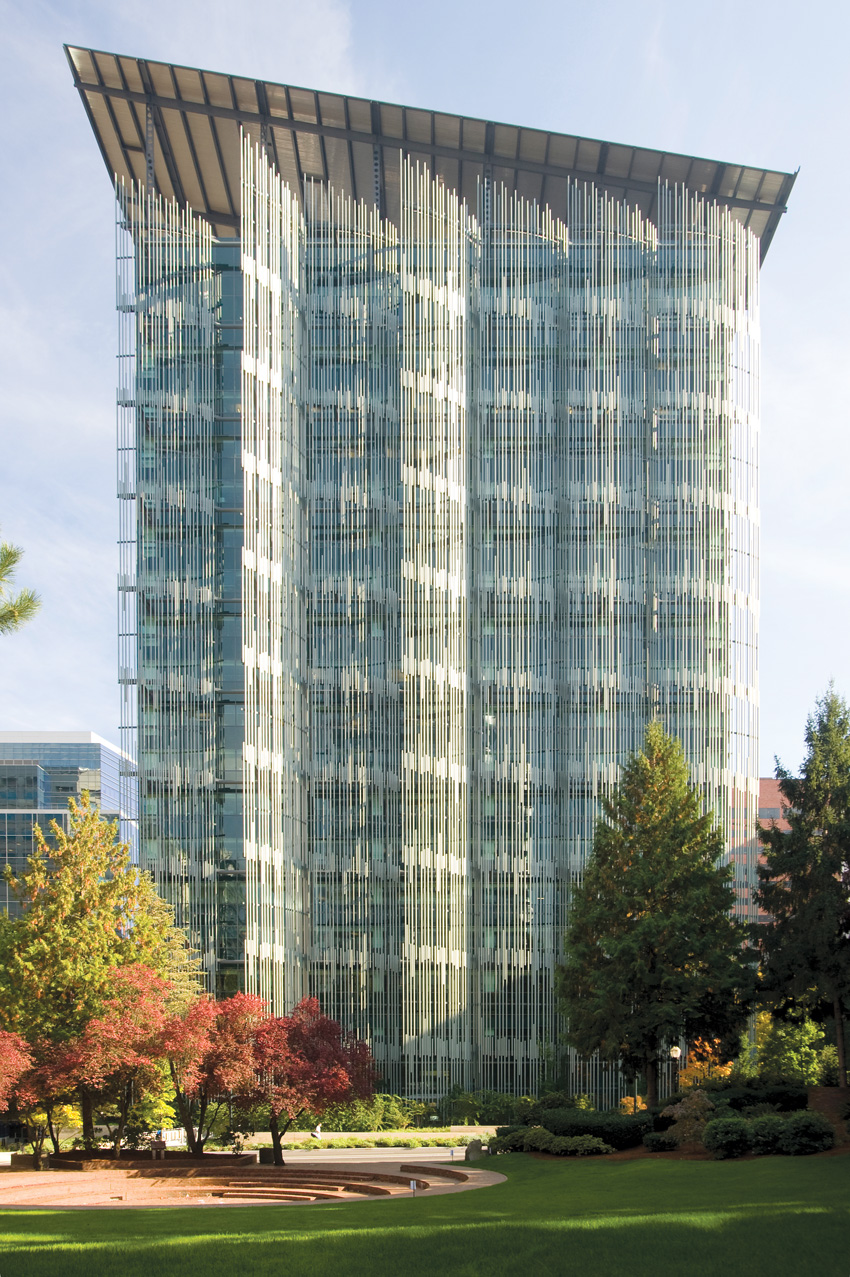Understanding Sustainable Insulation and LEED v4
Indoor Environmental Quality Credit
Indoor environmental quality (IEQ) refers to the quality of a building’s environment in relation to the health and well-being of those who occupy space within it.4 IEQ is determined by many factors, including lighting, air quality, and damp conditions. IEQ influences material selection in green or sustainable buildings. This is particularly important since the average person spends up to 90 percent of their time indoors. Unlike Materials and Resources, Indoor Environmental Quality is very similar to the original credit category from 2009. It still addresses minimum indoor air quality performance, environmental tobacco smoke control, and minimum acoustic standards for schools in its prerequisites. It also addresses daylight, views, thermal comfort, low-emitting materials, and a construction indoor air quality management plan in its credits.
Enhanced Indoor Air Quality Strategies is a new credit in this category that builds on Increased Ventilation from the previous rating system. It does include a requirement for increased ventilation but also for carbon dioxide monitoring, entryway systems, cross-contamination prevention, filtration, and air contamination prevention and monitoring. Depending on whether the building uses mechanical, natural, or mixed-mode ventilation, it must meet certain elements of the credit.
Low-Emitting Materials
The Low-Emitting Materials credit includes requirements for product manufacturing as well as project teams. It covers volatile organic compound (VOC) emissions in the indoor air and the VOC content of materials, as well as the testing methods by which indoor VOC emissions are determined. Different materials must meet different requirements to be considered compliant for this credit. The building interior and exterior are organized in seven categories, each with different thresholds of compliance. The building interior is defined as everything within the waterproofing membrane. The building exterior is defined as everything outside and inclusive of the primary and secondary weatherproofing system, such as waterproofing membranes and air- and water-resistive barrier materials.
In LEED v3, there were four total points available in the IEQ Low-Emitting Materials credit, but now there are three. And LEED v4 now requires specific criteria for emissions from wood and adhesives, and total volatile organic compounds (TVOCs) must be reported. There are two options to gain Low-Emitting Materials points in LEED v4: Product Category Calculation and Budget Calculation Method.
Option 1: Product Category Calculations
Projects must achieve the threshold level of compliance with emissions and content standards for the number of product categories. The number of categories has moved from four to seven so that more materials are included. Product categories are:
- Interior paints and coatings (>90 percent by volume for emissions, 100 percent for VOC content)
- Interior adhesives and sealants (>90 percent by volume for emissions, 100 percent for VOC content)
- Flooring (100 percent)
- Composite wood (100 percent not covered by other categories)
- Ceilings, walls, thermal and acoustic insulation (100 percent)
- Furniture (>90 percent by cost)
- Exterior-applied products for school and health-care projects only (>90 percent by volume)
Option 2: Budget Calculation Method
If some products in a category do not meet the criteria, project teams may use the budget calculation method. Points are given for percentage compliance under this method. The budget method organizes the building interior into six assemblies:
- Flooring
- Ceilings
- Walls
- Thermal and acoustic insulation
- Furniture and
- Exterior applied products
Include furniture in the calculations if it is part of the scope of work. Walls, ceilings, and flooring are defined as building interior products; each layer of the assembly, including paints, coatings, adhesives, and sealants, must be evaluated for compliance. Insulation is tracked separately.
Low-emitting insulation products can include:
- Light-density fiberglass batts and rolls, including acoustic insulation
- Unbonded loosefill
- Formaldehyde-free mineral wool insulation
- XPS foam board
- Ductboard
- Pipe insulation
- Metal building insulation
- Duct liner and wrap

Acoustic Performance
Acoustic performance is imperative in environments such as schools and health care where learning and privacy, respectively, are of utmost concern. For schools, there is a prerequisite to provide classrooms that facilitate communication through effective acoustic design for background noise, exterior noise, and reverberation time. There are two options for credits.
- Option 1: For each room, confirm that the surface area of acoustic wall panels, ceiling finishes, and other sound-absorbent finishes equals or exceeds the total ceiling area of the room. Materials must meet NRC of 0.70 or higher to be included in the calculation.
- Option 2: Confirm through calculations in ANSI Standard S12.60-2010 that rooms are designed to meet reverberation time requirements as specified in that standard.

In new construction, provide workspaces and classrooms that promote occupants’ well-being, productivity, and communications through effective acoustic design. For occupied spaces, the project must meet requirements for HVAC background noise, sound isolation, reverberation time, and sound reinforcement and masking.
In health-care facilities, provide appropriate spaces that promote occupants’ privacy, enhanced healing, and improved communications through effective acoustic design. There are two possible credits.
- Option 1: Speech Privacy, Sound Isolation, and Background Noise (one point)
- Option 2: Acoustical Finishes and Site Exterior Noise (one point)
Evolving Green Rating Programs
Beyond LEED, more programs are evolving to encourage sustainable design, such as the previously mentioned Living Building Challenge and Well Building Standard. The Living Building Challenge and Living Product Challenge call for the creation of building projects at all scales that operate as cleanly, beautifully, and efficiently as nature’s architecture. Projects must meet a series of ambitious performance requirements, including net-zero energy, waste, and water.
The Well Building Standard, administered by the International WELL Building Institute, calls for building features that impact health and well-being and are third-party certified by Green Business Certification Inc. (GBCI), which administers LEED certification and LEED professional credentialing. These programs are advancing the use of healthier products through stringent requirements related to chemical content and emissions, in addition to material extraction and reuse. Just like the LEED program has, they will continue to evolve and expand as consumers, building occupants, and the industry demand a more sustainable environment and healthier buildings.


Summary
Green building is about architectural and human performance—creating spaces to enhance the experience—and LEED v4 and other green programs can drive market transformation. LEED requirements are changing to increasingly emphasize materials and health, moving from a single-attribute focus to life-cycle thinking for a more holistic, transparent approach. New credits with higher standards for health and performance are raising the bar for project teams and the sustainable buildings they design.
© 2018 Owens Corning. All Rights Reserved. The color PINK is a registered trademark of Owens Corning.
End Notes
1Hermes, Jennifer. Green Building Market to Experience 13% Growth Rate through .” Environmental Leader. 17 February 2015. Web. 3 July 2018.
2World Green Building Trends 2016: Developing Markets Accelerate Global Growth.”.” SmartMarket Report. Dodge Data & Analytics. Web. 3 July 2018.
3Head, Lee Ann. Energy efficiency is king in the commercial built environment – but indoor air quality and water are gunning for the crown. .” Shelton Insights. 22 April 2015. Web. 3 July 2018.

|
Owens Corning develops, manufactures, and markets insulation, roofing, and composites. The company’s businesses use their deep expertise in materials, manufacturing, and building science to develop products and systems that save energy and improve comfort in commercial and residential buildings. Explore and interact with key industry products through our exclusive Interactive Product Spotlight on Owens Corning Enclosure Solutions. |









